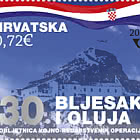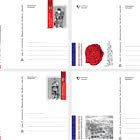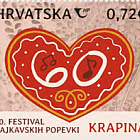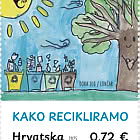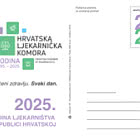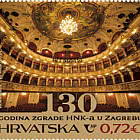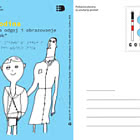In the second half of the 19th century, Rijeka began taking on the characteristics of a large port and industrial center. In 1873, a new railway track arriving from Zagreb announced the “golden age” that would last until the outbreak of World War I. With rapid urbanization along the coast, efforts were made to connect the peripheral areas to the city center using carriages and omnibuses. However, despite these efforts, the municipality was increasingly thinking about the introduction of trams as a modern alternative. Therefore, in 1875, an offer from London arrived proposing the introduction of a steam-powered tram. However, the municipality refused the offer. Fifteen years later the topic became relevant again. Consequently, the municipality issued a call for tenders in 1892. Among the received offers, the most interesting one was from Baron Oscar Lazzarini, who suggested the introduction of a horse-drawn tram. The municipality accepted his offer, but soon after it changed the conditions by demanding that the project be adjusted and that the electric tram be introduced immediately. Finally, on 7 November 1899, on a 4-kilometer track from Fiumara to the Torpedo Factory, eight trams set off on their first ceremonial ride from the depot at Školjić. The price of the ticket was 10 soldi and the tram operated from 7:00 a.m. to 10:00 p.m.
The working conditions of drivers and conductors were harsh during the first several years. They would often operate trams in shifts lasting up to 15 hours, which would sometimes lead to accidents. During World War I, the tram operated in financial uncertainty, but in the period of post-war optimism, efforts were made to restore it. However, as of 1930, Rijeka increasingly introduced bus lines, and as early as 1935, there was consideration of replacing trams with trolleybuses.
At the beginning of World War II, the number of passengers increased due to the needs of the military industry and the tram was the only mode of public transport in the city during most of the War years. Due to the lack of maintenance of the trams and tracks, the tram welcomed the end of the War in poor condition. Therefore, the replacement trams were sent from Zagreb and the new tracks were ordered from Vienna. However, due to the lack of skilled workers, they were never installed. The tram was ultimately deemed financially questionable and unprofitable. Before the introduction of trolleybuses, it completed its final ride in June 1952, after 54 years of being a faithful mode of public transport to the citizens of Rijeka.
Jan Mark Novalija, bacc. oec.
metal conservation and restoration








